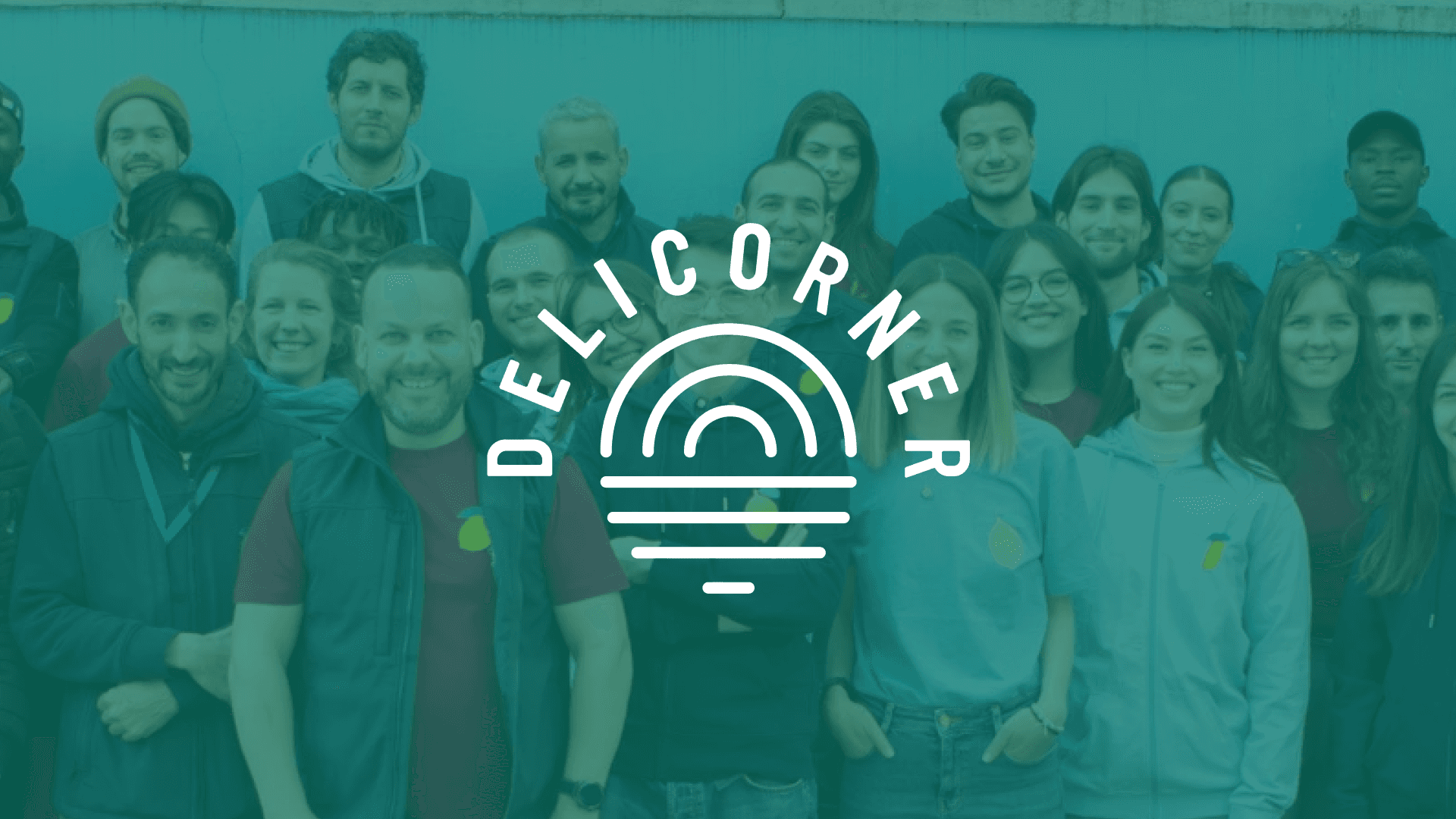The phases of the cycle of change for business founders
As a business founder, how do you navigate through inevitable periods of change, especially when it was introduced in a way that demands adaptation? It involves understanding the emotional cycle of change and guiding your team through the stages you move towards organizational success and fulfillment.
Whether you are launching a new product, expanding into a new market, or facing a company restructuring, understanding the emotional stages of change is crucial for your success. Change can be a turbulent and challenging process, and knowing how to manage your own emotions, as well as those of your team, can make all the difference in the outcome.
The emotional stages are a well-documented phenomenon that can help business founders anticipate and address potential roadblocks. From denial and resistance to acceptance and integration, each phase presents unique challenges and opportunities, aligning with the five emotional stages of confronting change as described by leading psychologists in the field of change management. Recognizing where you and your team are in this process allows you to tailor your leadership approach and communication strategies accordingly.
Quick view of the emotional cycle of change
To give you a clear snapshot of the ideas explored in our article, we've outlined a concise summary right at the start. This strategy is designed to give you a quick understanding of the core concepts and stages, especially as they apply to the business and SaaS spheres. It's our way of ensuring you can dive deeper into the content with a solid foundation of the subject matter, reflecting the importance of making the transformation comprehensible and manageable.

Understanding Kelley and Conner's emotional cycle of change
Don Kelley and Daryl Conner developed the Emotional Cycle of Change model in the 1970s (in the book "The 1979 Annual Handbook for Group Facilitators"), aiming to provide a structured framework for understanding the emotional transitions individuals experience during transformation. This model, detailed in their 1979 publication for group facilitators, elucidates how emotions evolve through distinct stages when confronting personal or professional adjustments, embodying the concept that understanding the emotional cycle is crucial for effective group facilitation.
The five stages of the emotional cycle of change you move through
This concept comprises five stages that describe the emotional journey from the inception of a change to its eventual integration into everyday life, emphasizing the importance of navigating through the valley of despair to reach fulfillment. This progression is crucial, not only for personal growth but also for navigating professional landscapes and user experience in the tech industry, particularly within SaaS management and product development.
Uninformed optimism
Uninformed Optimism Often preceding the valley of despair, this stage showcases initial enthusiasm before the challenges of transformation become apparent. In this initial stage, individuals often feel a surge of enthusiasm about the potential benefits of the transformation, with little awareness of the potential challenges ahead.
Informed pessimism
This stage is an essential part of the cycle of transformation, especially in scenarios involving organizational change, where understanding and managing skepticism can lead to more successful outcomes. As individuals gain more understanding of the realities and complexities of the transformation, a sense of skepticism and concern can emerge, leading to a decrease in initial optimism. This reflects the informed pessimism before moving toward success and fulfillment.
Hopeful realism
This step is marked by a more realistic and informed outlook, often coming after the initial Individuals begin to plan more effectively, understanding what it will actually take to achieve change.
Informed optimism
This part of the cycle encourages a deeper understanding of the emotional stages involved in voluntary transformation. With persistence through the challenges, the benefits of the transformation finally begin to materialize, renewing optimism but with a solid grounding in experience and reality.
Completion:
At this final step, the change has been fully integrated, and the individual feels a sense of accomplishment and satisfaction, achieving fulfillment after successfully navigating through this journey.
Change affects everyone uniquely, and your emotional responses might not align perfectly with these stages. Nonetheless, recognizing these steps and adopting coping strategies for the emotional hurdles of change can enhance your resilience and flexibility during transitions.
Applying the emotional cycle of change in SaaS environments
In the context of SaaS management and product development, understanding and leveraging this concept can enhance user onboarding and customer engagement strategies can benefit significantly from acknowledging the stages of change and promoting an understanding of the emotional cycle to foster better adaptation and fulfillment.. Recognizing that users might experience similar emotional stages when adopting new software can help in designing interventions that address these emotions effectively.
For instance, during the 'Uninformed Optimism' stage, product managers can capitalize on users' enthusiasm by providing engaging tutorials and compelling early success experiences. As users transition into 'Informed Pessimism,' support mechanisms like proactive customer service, FAQ resources, and community forums can help address their concerns and prevent churn.
Enhancing emotional intelligence to navigate change
Developing emotional intelligence is pivotal in facilitating smoother transitions through the stages of change, ensuring a journey toward success and fulfillment. For leadership roles in SaaS and product management, enhancing emotional intelligence can improve interactions with both teams and clients, fostering an environment conducive to embracing change.
Managers can encourage their teams to express and manage their feelings more effectively, reducing resistance and fostering a culture of open communication and resilience, a necessary part of the cycle of change developed by leading psychologists. This approach not only aids in navigating the emotional aspects of change internally but also enhances the understanding of customer responses, guiding the development of more empathetic and user-centered products.
Understanding and applying Kelley and Conner's Emotional Cycle of Change in SaaS and product management can profoundly impact how teams and customers adapt to new technologies and processes. By acknowledging the emotional component of change management, leaders can drive successful adoption and utilization of innovations, ensuring both customer satisfaction and team well-being.





